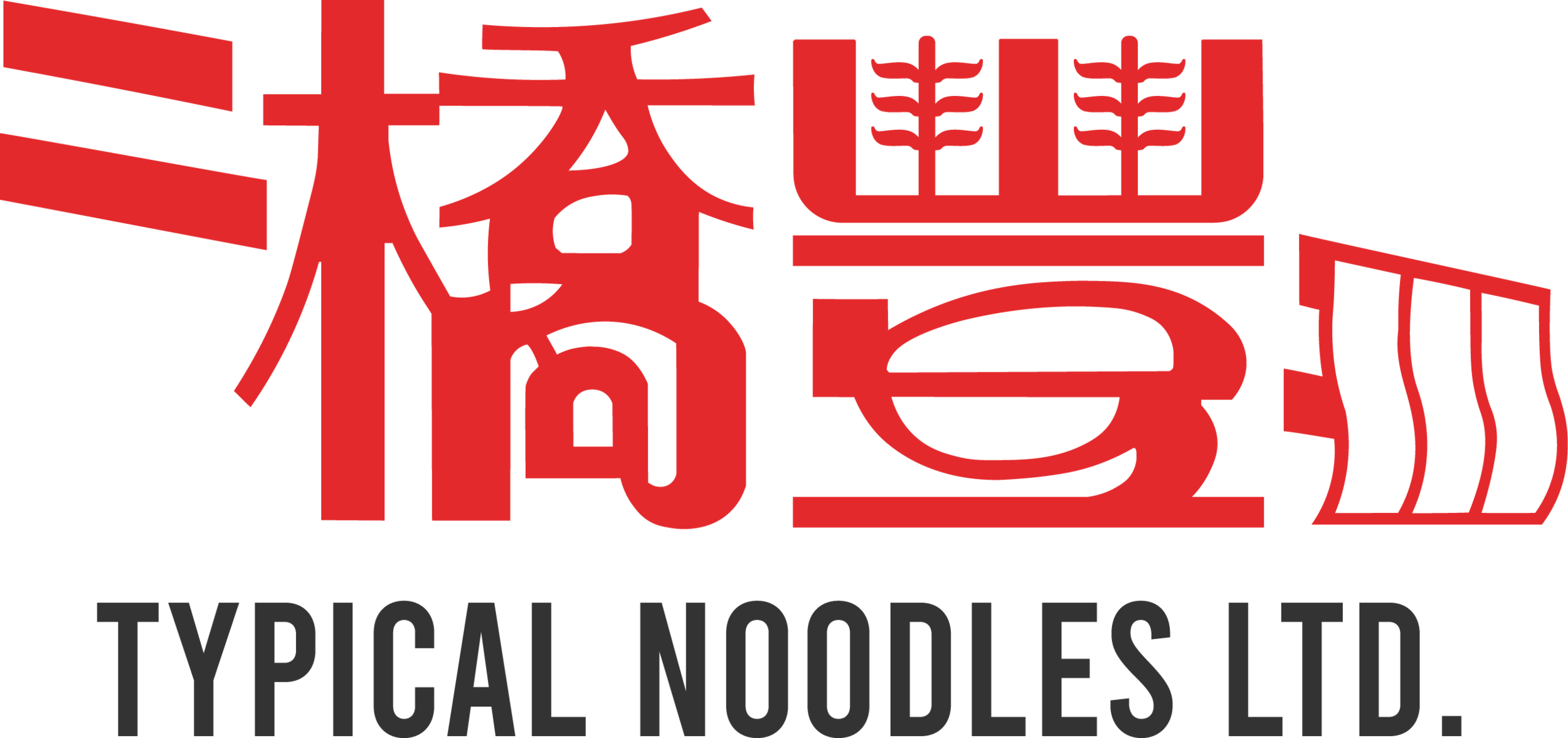What's our process for making noodles?
Noodles come in all shapes and sizes. We love going out and trying noodles from different region or cuisines to see what it is about their ingredients or shape that makes them unique. Think about Italian pasta - each pasta has its own name depending on the ingredients they’re made with, the shape of the pasta, whether they’re stuffed with fillings, etc. Different areas of Italy are known for a different type of pasta and each one has an appropriate or recommended use. We think about Japanese culture with their many different types of ramen or udon and how they’re used in their dishes.
A similar concept goes with noodles in Chinese cuisines. Each type of noodle profiles differently in the way they’re made and the type of dish they eventually end up being used in. The ingredients and variations in Chinese noodles vary less than our Italian friends, but there is a lot that goes into each type of noodle. For today, we’ll be exploring our most versatile noodle, the Shanghai noodle, the process of making it and the type of dishes it can be used for.
Making the dough
Our first step of making noodles is combining a mixture of flour, salt and water. That’s it! Of course, other types of noodles use more ingredients and it takes the right amount of each ingredient to create the perfect consistency (you can find these recipes online). We want to be mixing all of these ingredients in so that it’s not too dry where it’s crumbly, but also not too wet where it’s too sticky. If you find that it’s on either end of the spectrum, simply add a little but more flour if it’s too sticky or water if it’s too crumbly.
To help us with the quantity, we have a machine that tosses everything into a dough for us, but getting the consistency of the dough is always something we need to feel out manually every time. This is how we make sure that our noodles have a consistent taste and quality.
Flattening the dough into sheets
Once we have the consistency of the dough correct, we need to start kneading the dough so that it all starts coming together. Then we begin to flatten the dough into sheets that eventually become our noodles. In smaller quantities, we can use something like a pasta maker and run the dough through rollers multiple times to create a consistent sheet of dough that will eventually need to be cut. There are multiple ways of flattening the dough, like taking a rolling pin and rolling the dough against a table. This works, though, a pasta maker will give you the same consistent thickness. The thickness here will depend on the type of noodle you’re trying to make. Also keep in mind here that the length of the sheets becomes the length of the noodle.
You may have also had handmade noodles that aren’t very consistent. They are inconsistent because they’re essentially pieces of dough that have been flattened, cut and pulled apart so that the dough in between becomes thinner and stringier. For this reason, each piece of noodle is very inconsistent, but it is appreciated because you know every strand of noodle was individually made.
Cutting the sheets of dough into noodles
When you’ve had a chance to flatten the dough into sheets that are consistent in thickness, it’s time to cut them. Similar to a pasta maker, you can select different blade thicknesses depending on the type of noodle you’re trying to make. For Shanghai noodles, it’s very easy - you have your thin noodle and your thick noodle. Think of it like linguine and fettuccine. Simply run the sheet of pasta through the blades and on the other end, we end up with our pasta.
How to use these noodles
Our Shanghai noodle, especially the thin one, is extremely versatile. The most common use for it is with broth as a soup noodle (think Taiwanese beef noodle soup or Lanzhou noodle soup). These noodles can also be panfried with other toppings or it can be been used to mix with saucier dishes such as Dandan Noodles, Jajangmyeon, or served in hot and sour soup.
At Typical Noodles, we have a variety of noodles using different ingredients such as eggs for wonton noodles and ramen, spinach noodles and fish noodles! You can view our menu of noodles here.
